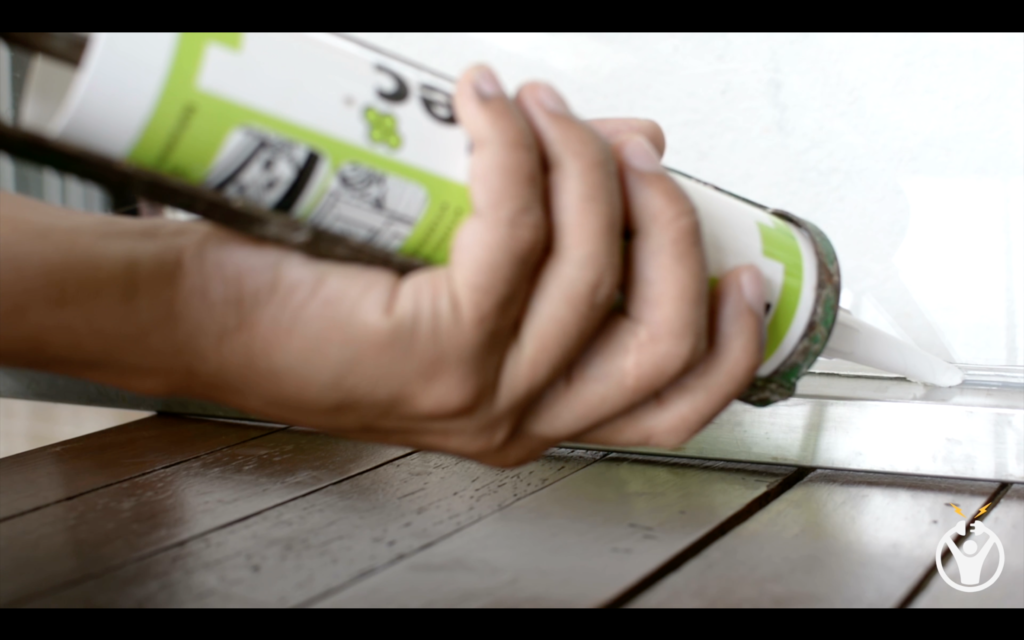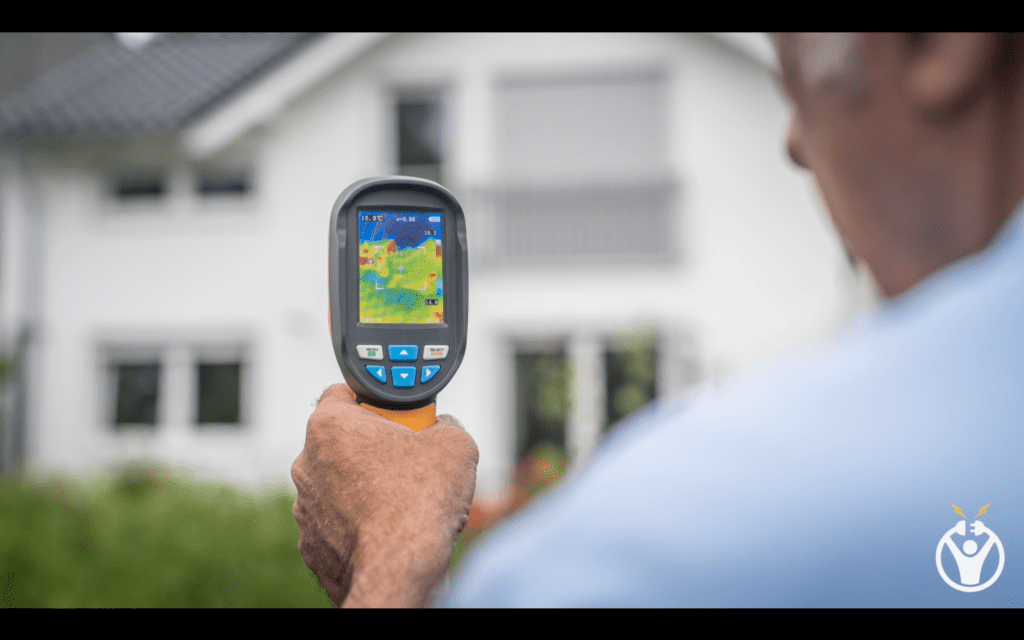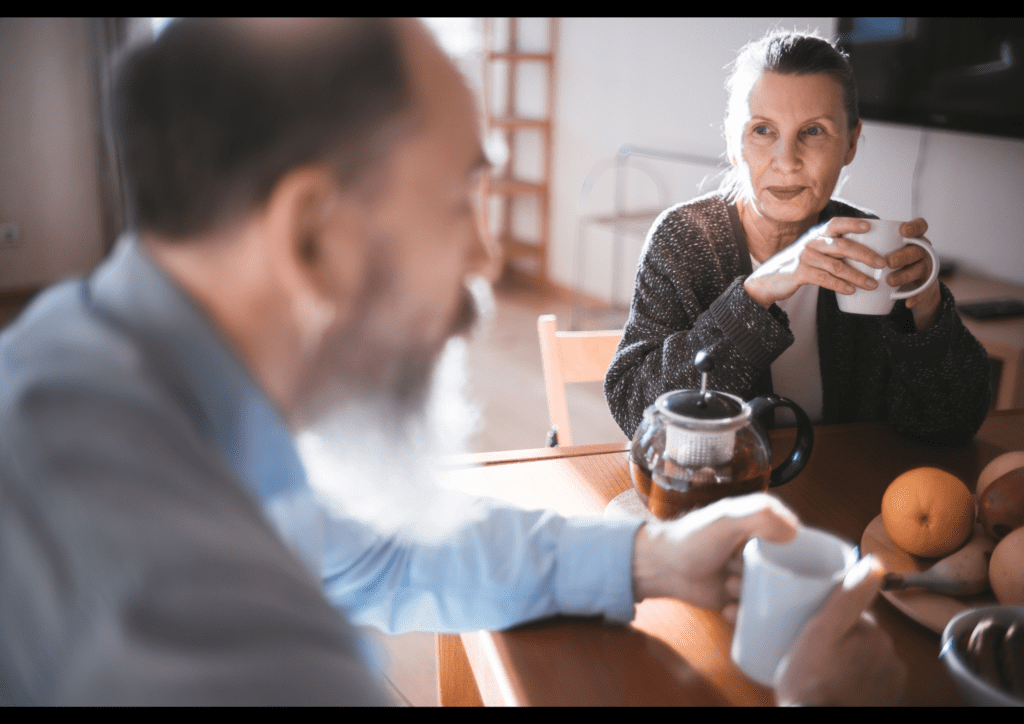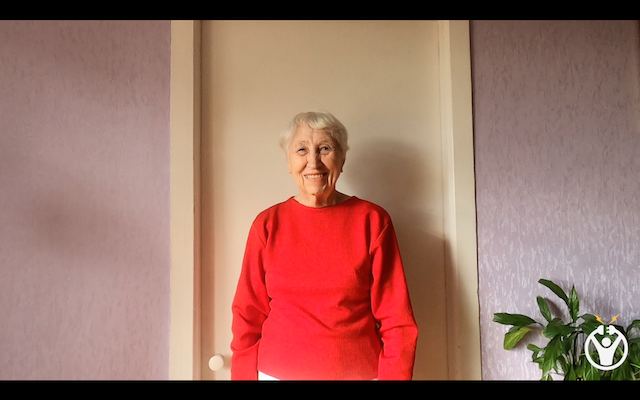EnergyMeasures aims to directly involve affected households in tackling energy poverty. In doing so, EnergyMeasures encounters challenges and barriers, but most importantly: successful approaches to community engagement.
The project works with energy-poor households to improve their energy efficiency through a combination of low-cost measures and changes in energy-related behaviours and practices. By doing citizens engagement, the project is not only helping to reduce participants’ vulnerability to energy poverty, but also reducing household energy use and associated greenhouse gas emissions.
How to support households in understanding and preventing energy poverty
EnergyMeasures partners directly engage with households in seven countries: Belgium, Bulgaria, Ireland, the Netherlands, North Macedonia, Poland, and the United Kingdom. At the outset, energy-poor households are identified and recruited for energy-related behaviour change. Therefore, the project partners have developed country-specific implementation plans which detail how energy vulnerable householders are identified and recruited, and a step-by-step approach to be taken in engaging householders. These plans consider not only the potential energy savings related to the technical characteristics of buildings, but most importantly the social dimension of the lived energy experience of those affected.
As part of the household engagement process, project staff and volunteers work with householders to get an overview of their home, identify their energy use and understand their energy-related practices and behaviours. This involves in-depth discussions to ensure mutual understanding of the initial situation. Based on that, households agree on a tailored set of cost-effective energy measures and behavioural changes. These are selected from a portfolio of possible measures, which include energy-efficient appliances such as LED lighting, water-saving taps, shower timers, draught-proofing, hot water linings, radiator foils, standby killers as well as energy services such as heating system maintenance etc. The proposed behavioural changes thus are diverse and fall into the categories of washing clothes, storing food, preparing food, washing and bathing, heating and lighting.

In this way, energy-poor households can be efficiently supported to better understand and potentially change their approach to energy and its use.
How exactly are households engaged? Pitfalls and opportunities.
During the first two years of the project the Covid-19 pandemic has had a major impact on partners’ ability to recruit and engage households as planned. Nonetheless, the improving situation regarding Covid-19 and the effective vaccination programmes across Europe has allowed interventions to continue in participating countries. Since, the project partners report on their experiences with the involvement of low-energy households using different formats, such as household visits, training workshops for partner staff involved in engagement, i.e. a mix of instructor-led classes, practical interactive role-plays and group activities. The joint development of local-specific action plans for each of the engagement countries and detailed step-by-step checklists based on these action plans and trainings also form an important basis for targeted engagement.
In Ireland, for example, households participating in the project are required to collect their energy bills and receipts from the point of the first household visitation so that they can be collected at regular intervals during the duration of the project. These contacts will be scheduled at equal intervals over the remaining course of the project (six, twelve and eighteen months after the first household visit). During these contacts, the energy advisors will talk to households about their experiences with the low-cost measures and with implementing changes in their energy-related behaviour – seeking feedback from participants, providing advice and assistance where possible, and referring them to other agencies where appropriate. If needed, support will also be provided with choosing appliances, reading energy bills, switching energy suppliers and claiming grants.

Gift boxes and coffees: How to engage with households
Household engagement is also progressing in the Netherlands where the Municipality of Eindhoven works closely with Energiebox, a non-governmental organisation that enables energy coaches to visit households for a one-time conversation about energy consumption. Participating households receive a box of energy-saving products. Specially trained energy coaches establish a relationship with households experiencing (or at risk of) energy poverty for one year. The coaches stay in regular contact with the household. This way, they can assist immediately with questions about energy bills or energy consumption. But also with other problems in a household (loneliness, debts, parenting problems), the energy coach will be able to put the household in touch with the right organisations. Thus the aim is for the household to regain control of its energy bill after a year of supervision, to have more insight into how energy can be saved and, if necessary, to be referred to the right social institution. This kind of engagement will contribute to the resilience of vulnerable households.
The situation in the Polish town of Bielsko-Biała also provides interesting insights into practical household engagement. Due to the pandemic and the extensive lock-downs and social restrictions imposed in Poland, it was not possible to start the household engagement as originally planned. It did not begin until the end of 2021, when circumstances finally allowed for a face-to-face meeting between households and energy advisors. Household recruitment and interviews were conducted in the city with the help of the local administration and local, public and social institutions. However, further difficulties arose when the war in Ukraine began in mid-February 2022. This led to lower participation of local institutions in activities targeting residents due to the new challenges related to the emergence of immigrants, which led to further changes in the engagement plan.
At the westernmost EnergyMeasures site, on the Scottish Outer Hebrides, project partner Tighean Innse Gall, have come up with another innovative format to engage households: In the previous months, they launched the so-called “coffee mornings” to better reach older people in small villages. These coffee mornings allow people experiencing energy poverty to come together and share experiences about their energy saving methods and behaviours. Such regular meetings provide an opportunity to address one of the most common challenges to community engagement, namely the lack of trust between the citizens and relevant stakeholders (Cooper, 2022). To overcome this obstacle, it is crucial to foster an open dialogue with all participants – and this is exactly what coffee mornings do, providing a casual setting for open discussions.

As with previous experiences, it is evident that close contact with households is crucial and that assistance must be offered at a very low level in order to really reach households. In this way, the affected households can be empowered and supported in the best possible way to overcome energy poverty.
So far, what conclusions can be drawn from the engagement of households?
The process of engaging households in the different countries has yielded many insights that are of great value for further project activities. Looking at the different country scenarios, especially the number of households recruited as reported weekly by the project partners, it is clear that it is not equally easy to get households to participate in the project over a longer period of time. This is due to the fact that the partners have very different levels of access to households. In the coming phases of the project, the possibilities of successfully involving households in the project will be explored in more detail in order to gain best possible learnings.
The interviews conducted with the participating households show how measures can better take into account their special needs and confirm familiar phenomena: the energy inefficiency of buildings manifests itself in unfavourable living conditions such as cold, heat, draughts, damp, mould, condensation, etc. (Bouzarovski 2014).
The interviews so far affirmed that a combination of low income levels and rising energy costs, sometimes exacerbated by Covid-19 (e.g. loss of income and higher energy costs), undermines adequate access to basic energy services and the ability to invest in energy efficiency improvements. Both citizens and stakeholders have pointed to the need to change the structural conditions that perpetuate energy vulnerability. The combination of interviews with residents and stakeholders has shown that an important category of interventions is aimed at social resilience, of which behaviour change support is only one part. Indeed, the most important work of the various organisations is to bridge the gap between the everyday reality of households and the institutional world of policy and legislation – this is the only way to mediate between the system and the life world.
Thus, the importance of mediation for social resilience is an essential component for further work in the project. And the core of the EnergyMeasures project – the household engagement – highlights the need to consider and clarify how consortium partners engaging households can move beyond pure behaviour change and become part of a broader resilience-building portfolio to also address the more structural and contextual conditions that influence energy poverty (Dunphy et al. 2020).
References
Bouzarovski, S. (2014). Energy Poverty in the European Union: Landscapes of Vulnerability: Energy Poverty in the European Union. Wiley Interdisciplinary Reviews: Energy and Environment, 3 (3): 276-89. DOI: 10.1002/wene.89
Cooper, 2022. 5 barriers to community engagement: and how to overcome them! Available at: https://www.commonplace.is/blog/barriers-to-community-engagement. [Accessed: 11.30.2022].
Dunphy, N., Quinlivan, L., Lennon, B. (2020) Guidelines for integrating behaviour change approaches while engaging energy poor. Deliverable D1.1 for the H2020 EnergyMeasures project.
